The Olympus AF-1 Twin gives off the vibe of a slightly austere older sibling – built to withstand all sorts of conditions (supposedly weatherproof), and not the type to give you a lot of choices.
You get to choose between a 35mm or 70mm lens with the biaxial system (i.e. no zoom), and there are two separate buttons for flash and continuous/self-timer controls. I take note of this because some cameras have incredibly convoluted steps for disabling flash – the Fuji Zoom Cardia Super 115 requires you to press the flash button 6 times before you can take a photo without flash. The AF-1 Twin is very straightforward in comparison.
I enjoy the mechanism where you slide the lens cover to turn on the camera. As a clumsy person, I think this would survive being thrown into my backpack. Cameras that are powered by buttons sometimes end up turning on while they’re in my bag (horror).
The lens cover of the one I got seemed to have a lot of friction, so I pried off the cover, starting from the bottom. The cover clips onto the body of the camera. I kind of expected to face problems like this since it was 550 yen from the junk section.

Before cleaning: Lots of grime. There’s a big scratch where the lens cover slides.
After prying it off, I used a toothpick / needle to scrape dirt out from the indented track that the lens cover slides on, and used a cotton tip with some isopropyl alcohol to clean it up.


After cleaning: Much better : )
Taking off the lens cover also gave me the chance to see how the sliding mechanism works – when sliding, you push on this little latch (not sure what the right term is) that turns the camera on. It’s located next to the telephoto lens.
Photos
Photos here were shot with Kodak Ultramax 400 (I think)
The manual states that the shooting range for the lenses is as follows:
- Wide (35mm): 0.75m to infinity
- Tele (70mm): 0.8m to infinity
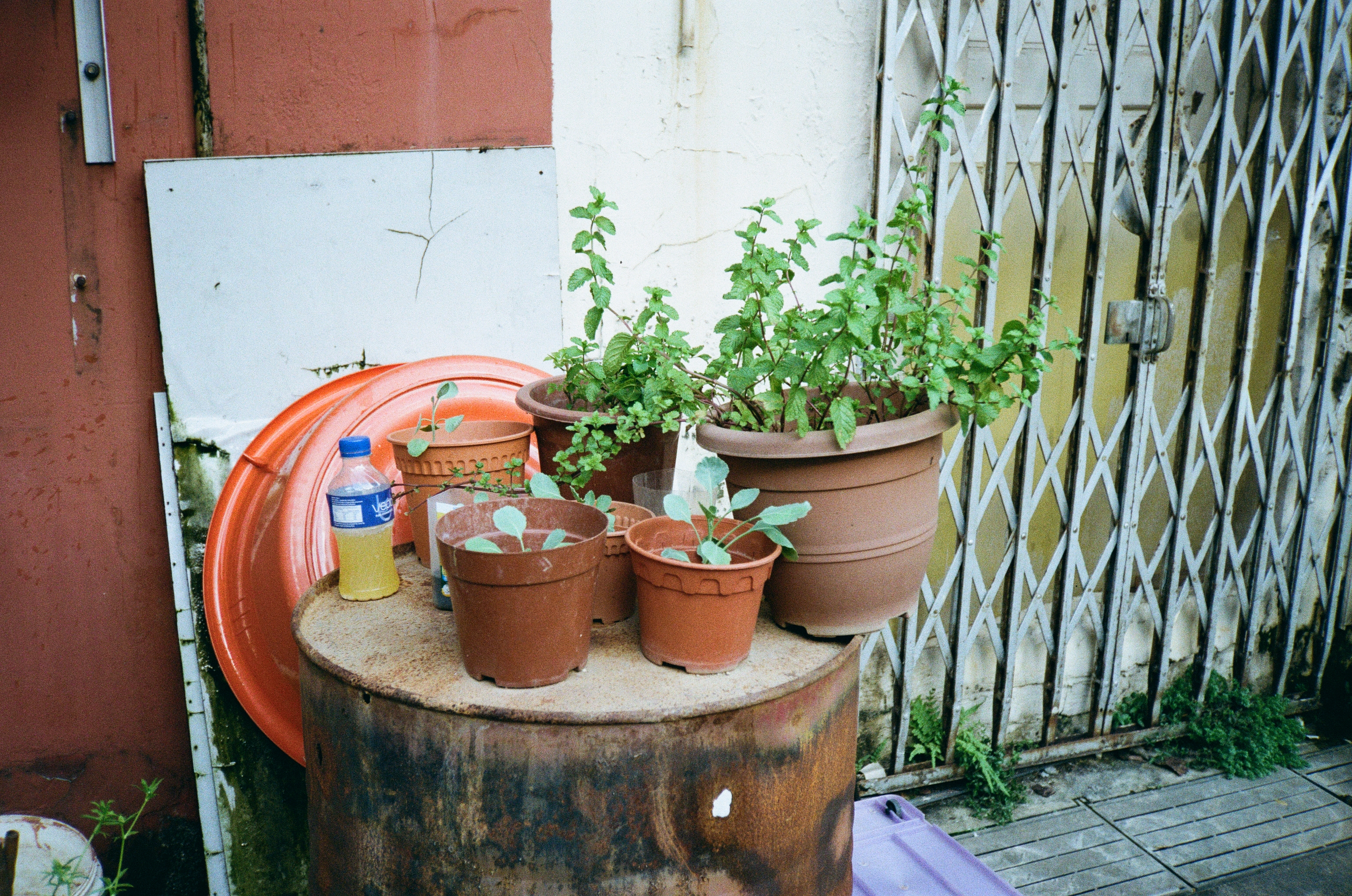 Wide (35mm)
Wide (35mm)
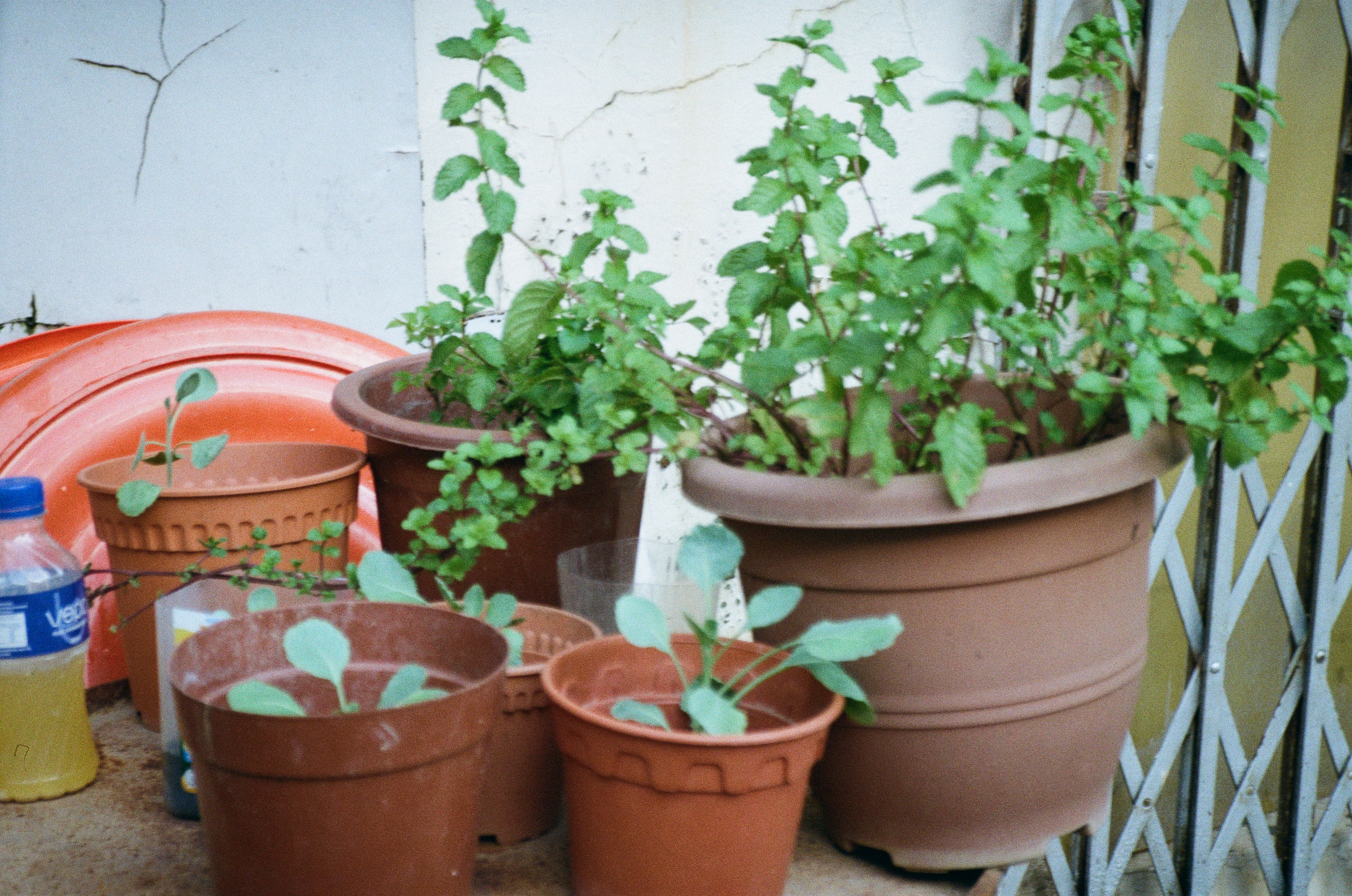 Tele (70mm)
Tele (70mm)
My focus was kind of off in the 70mm photo. This is probably user error on my part. But one thing I’ll say is, the Olympus AF-1 Twin really eats landscapes up. All I really needed to do was to point and shoot.
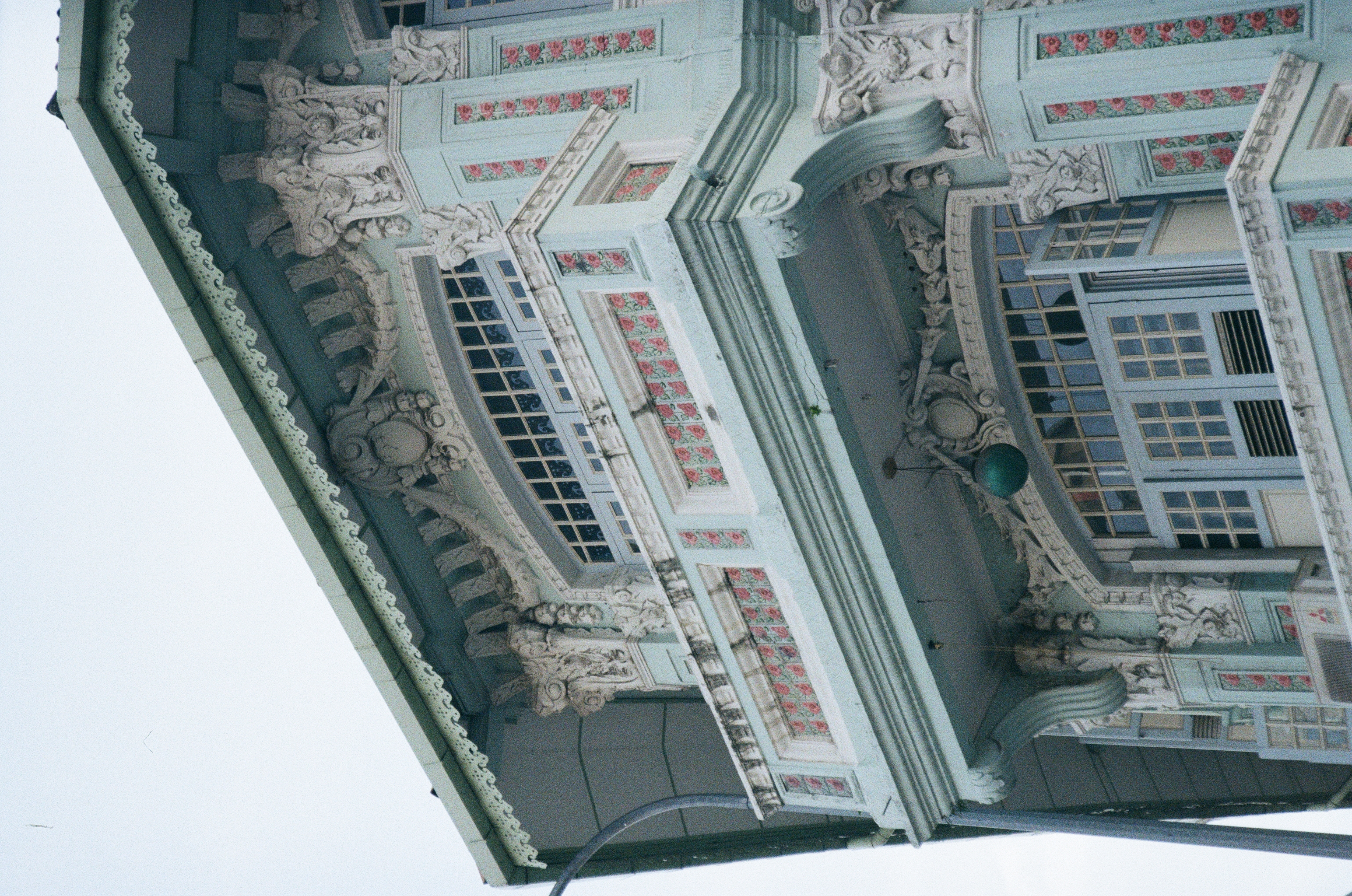
Shophouse near Jalan Besar MRT, shot with the 70mm tele lens.
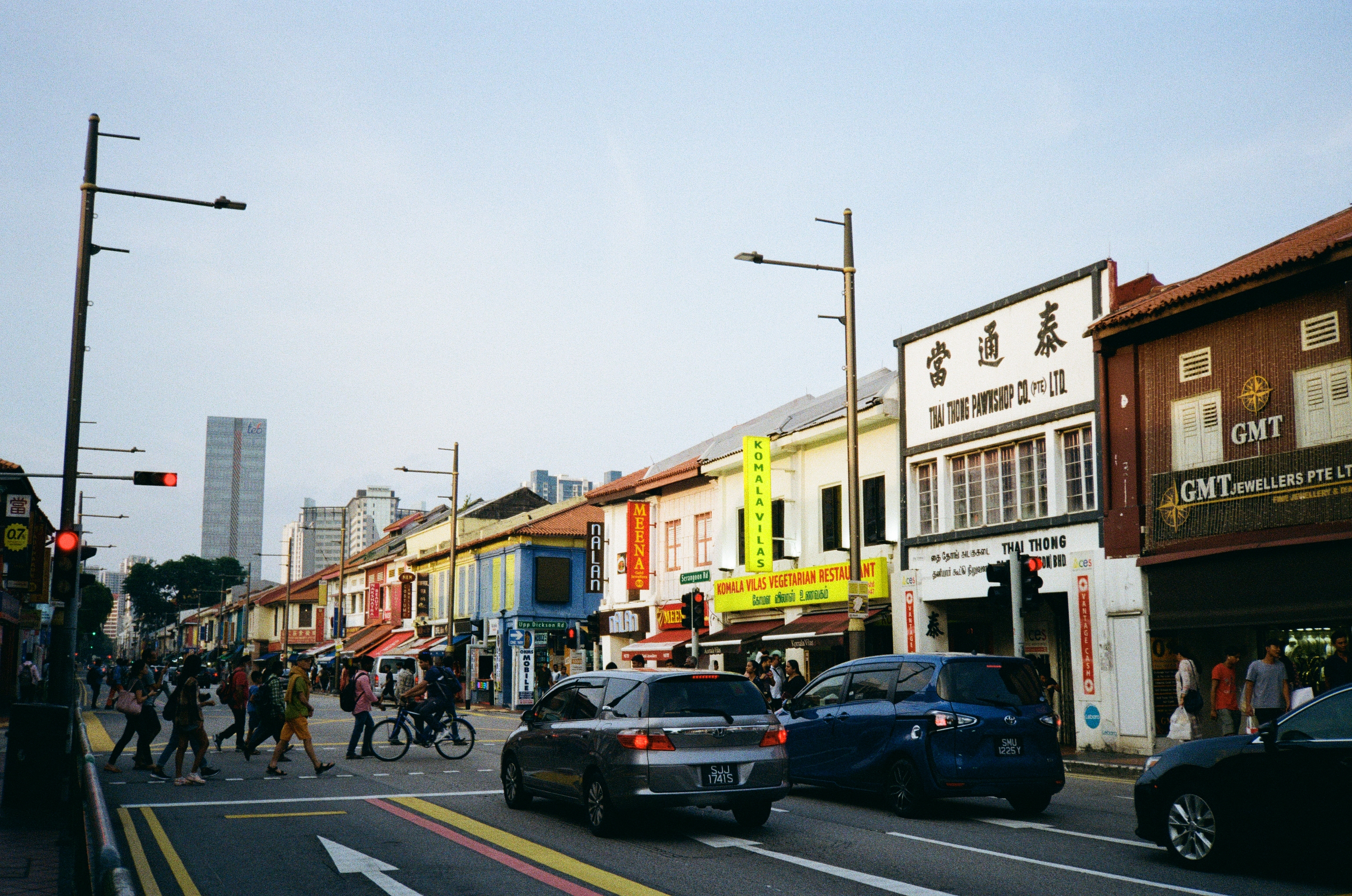 Serangoon Rd, 35mm wide lens
Serangoon Rd, 35mm wide lens
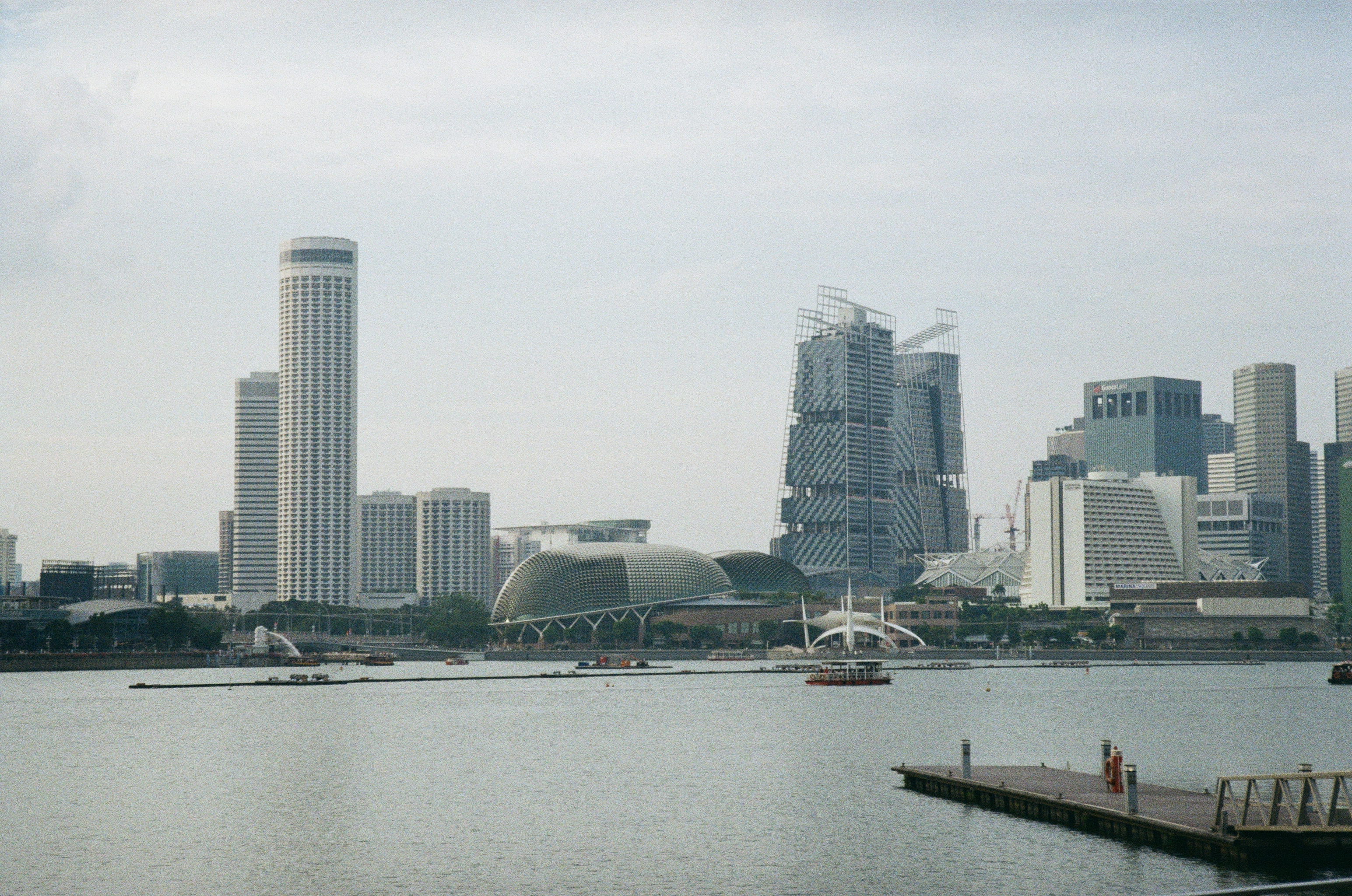 Gotta love an overcast day. You can see the Esplanade. 35mm wide lens.
Gotta love an overcast day. You can see the Esplanade. 35mm wide lens.
Closer subjects remain a challenge:
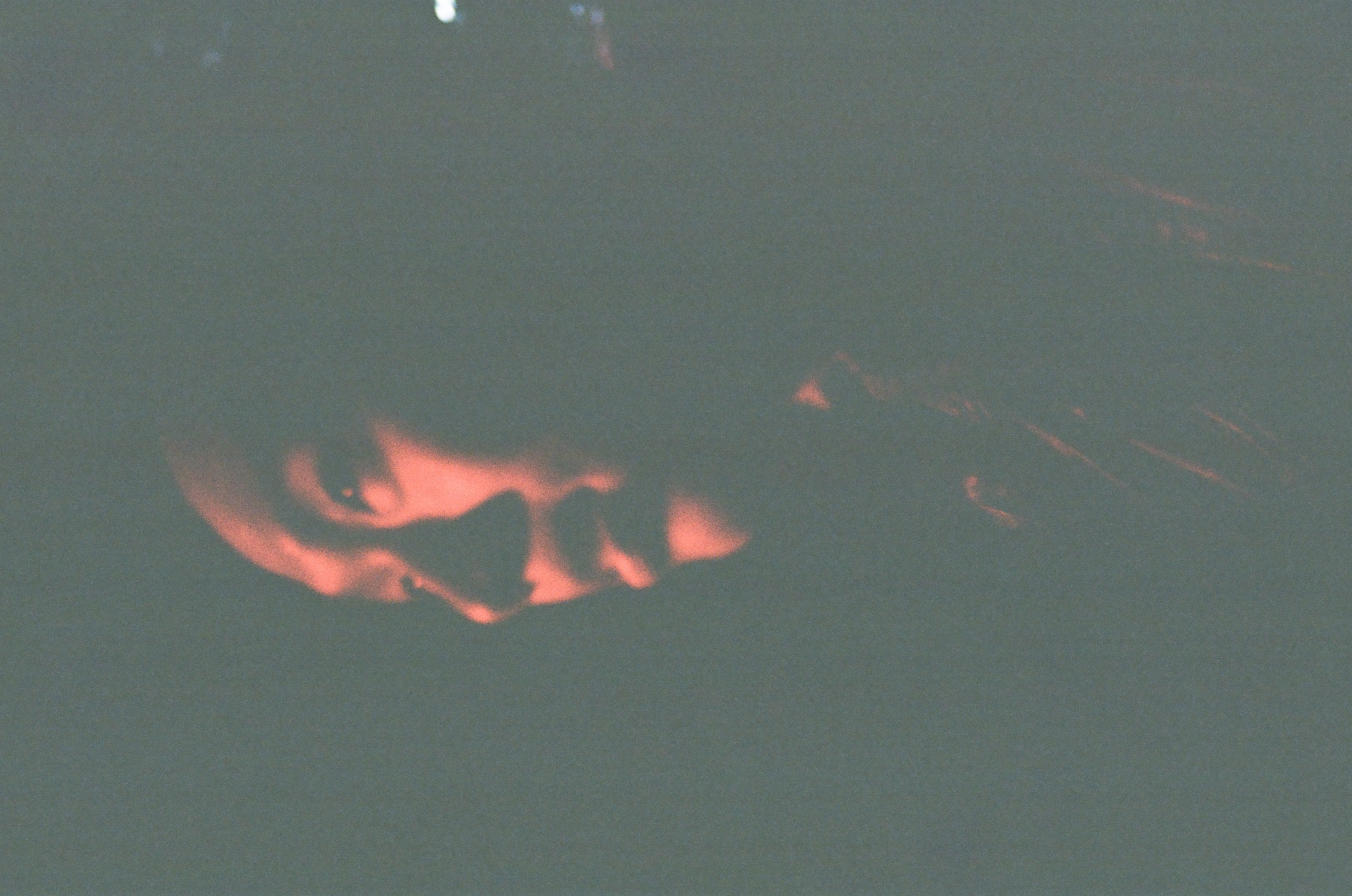
My friend Tangming (who kindly agreed to let me post this), 35mm wide lens. Honestly I think this is decent considering how dark the venue was.